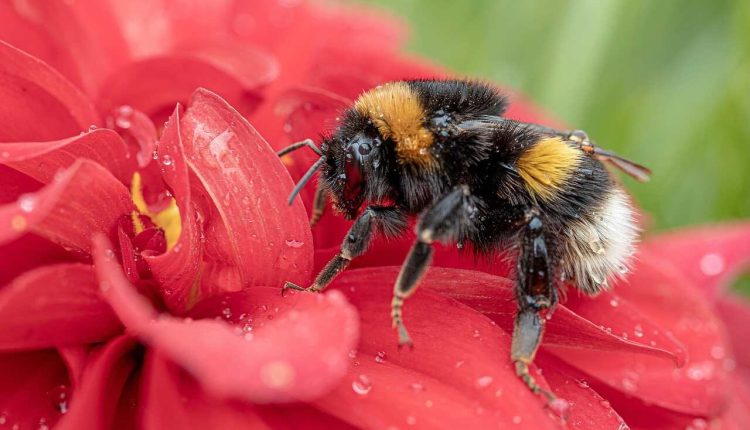Coca flowers are stunning exotic blooms that will draw rave reviews to any garden they grace, but successful cultivation requires matching up its native growing conditions with your garden setting for best results.
Learning a foreign language can be an exciting adventure into another culture. While expanding your Spanish vocabulary, you may encounter unfamiliar words with unique translations.
Pollination
Pollination is an integral step in cacao plant reproduction, moving pollen from male flowers to female ones and fertilizing their seed-bearing stigmas with pollen from different cultivars, leading to cross-pollination between cultivars and producing multiple genotypes. Pollinating cacao plants should take place early in the morning when high humidity activates pollen tubes and activates male and female flowers from different heritage cultivars to minimize hybridization. Pollinating cacao flowers by hand requires careful preparation and attention to detail. You must identify male flowers by carefully peeling back their petals to reveal their stamens; once pollination has taken place, use either your brush or your fingers to pollinate female flowers with those exposed stamens, pollinate female flowers using exposed stamens on male flowers, then secure each female flower in a plastic bag or twist tie before leaving it in an excellent location overnight.
Flowers employ various strategies to attract and sustain pollinator populations, including showy sepals and colorful petals that attract bees, unique structures such as bottle gentian (Gentiana andrewsii), volatile chemical emissions reminiscent of nectar or fruit aromas, or UV patterns that attract hummingbirds.
Coevolution between plants and their pollinator populations has resulted in an incredible diversity in flower morphology. Although most floral adaptations appear phenotypically plastic, their precise appearance depends on the specifics of local pollinator faunas.
Heterantherous clarkias demonstrate “just-in-time” pollen presentation. An inner whorl of anthers stands erect early and matures first, producing and releasing pollen before its counterpart in the outer whorl lies back against petals awaiting completion of its job by its inner partner – effectively aligning pollen transfer with pollinator visits.
Select and mark only the finest flowers to improve the chances of successful pollination. Markings such as colored twist ties can easily indicate when and where pollen was applied, or paint stripes could add further identification.
Seeds
If you want to harvest seeds for saving, harvest mature pink flower clusters just before frost and allow them to dry completely in an excellent location. Rub the seed pods between your fingers until all sticky seeds have been disbursed from each pod. Under optimal conditions, Zantedeschia aethiopica plants may flower their second year from seed; hybrid cultivars take longer due to slower development than valid species callas.
Learning a foreign language introduces you to unfamiliar words and phrases that might sound alien, such as botanical names that do not translate directly from one language to the following, cultural sensitivity issues when discussing flowers, and cultural sensitivity in general. Being mindful of such differences will help avoid miscommunication between people as you discuss flowers with them; here are some ways you can say “caca flower” in Spanish:
Origins
The name for this flower originates in Greek; calla means beautiful in Greek. However, its name can also be misleading since this plant belongs to the Araceae family along with caladiums and philodendrons – and was initially classified as calla lily by Swedish botanist Carolus Linnaeus, who misidentified them under the Zantedeschia genus name instead.
This plant hails from South Africa and Malawi, although it can thrive almost anywhere with warm temperatures. It even tolerates droughts and frost! With leathery leaves that can grow up to 30 cm (12 inches long), its flowers can either be odorless or foul-scented depending on species, blooming twice annually with white, pink, or rosy petals that measure 1 cm (0.4 inch wide).
In America during the 19th century, this flower became increasingly popular and featured prominently in several paintings by Georgia O’Keeffe. Even today, wedding bouquets and funeral arrangements often contain this symbolism of purity and eternal life.
Flowers have long been associated with Venus, the Roman goddess of love. According to legend, she cursed calla lilies, so their pistils became unsightly due to jealousy of their beauty – perhaps explaining why so many associate them with lust and sexuality. Since ancient Peru, where the Incas cultivated it, this plant has been used as aid. Europeans discovered its stimulant properties during the 17th and 18th centuries when they discovered its cultivation as gardens were planted with it and traded with coffee and tobacco. Modern medicine uses this plant for painkilling purposes and treating diarrhea, and its flowers are often found in herbal tea blends. It thrives best in tropical climates but requires ample rainfall and soil rich with essential nutrients.
Uses
Learning a foreign language can be an exciting adventure that opens us up to a new world of words and cultures. When using another language for conversation purposes, we must use botanical and common names of plants when speaking out of turn; this ensures cultural sensitivity and polite conversation. Here, we explore what “caca flower” means! Continue reading this article to gain more insights into this fascinating plant and its unique terminology!
Gliricidia sepium trees have many uses in tropical environments, from live fencing and fodder production to firewood harvesting and green manure production, intercropping with coffee crops and intercropping between plowed fields to increase yields while fixing nitrogen into the soil and tolerating low fertility conditions, reducing dependence on fertilizers.
Avoid taking expired medicines unless instructed to by your physician or pharmacist, as expired medications may no longer effectively treat your medical condition and lead to poisoning. Please consult your physician or pharmacist for recommendations regarding expired drugs that might become ineffective and cause poisoning. In addition, it’s crucial not to share medications with others – doing so could have serious health repercussions, even death! Don’t flush medicines down the toilet or pour them down drainage until instructed by your physician.


